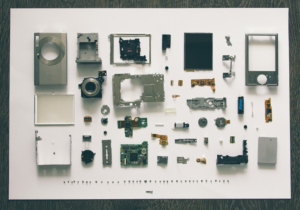Advancing Circular Economy: Integration of Disassembly for Remanufacturing into Existing Assembly Systems
This is a seed phase project lasting from 6 up to 9 months.
Industrial circular economy offers an opportunity for companies to act more sustainably and produce in a more resource-efficient way. In order to close the cycle successfully, companies must be able to disassemble used parts easily and cost-effectively. New methods of automated and flexible disassembly have to be developed.
The DREAMS project aims to investigate in tow steps how existing assembly lines can be used to disassemble used products for circular economy:
– Analysis on challenges and potentials for companies using the same lines for assembly and dismantling and assessment of the constraints and requirements for the lines,
– Simulation of the integrated assembly and disassembly lines and mathematical optimization for statements on possible utilization and capacity utilization.
#Circulareconomy #Disassembly #Sustainability

The integration of disassembly into existing systems can contribute to increasing sustainability and resource efficiency in today’s production.
Our goals
- Using already existing resources: Existing assembly lines are to be used for the disassembly of the products. This way, idle times can be exploited and expensive downtimes avoided.
- Creating independence from suppliers: The coronavirus crisis clearly shows that we cannot afford to be completely dependent on remote suppliers. Instead, independent material flows must be created by taking back used products after the use phase. Back at the company, the used products are then disassembled into parts and further remanufactured. The aim is to be able to produce without interruption, even without being connected to globalized suppliers.
- Enabling sustainable production: The multiple use of parts for remanufacturing can help to save energy and thus CO2 by eliminating energy-intensive material extraction and manufacturing processes.
Investigators

Prof. Dr.-Ing. Michael Zäh
M.Sc. Magdalena Paul
M.Sc. Daria Leiber




